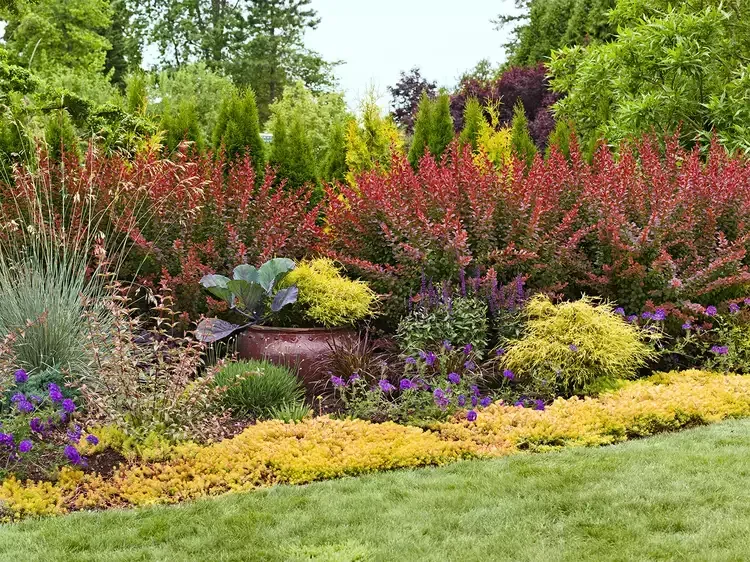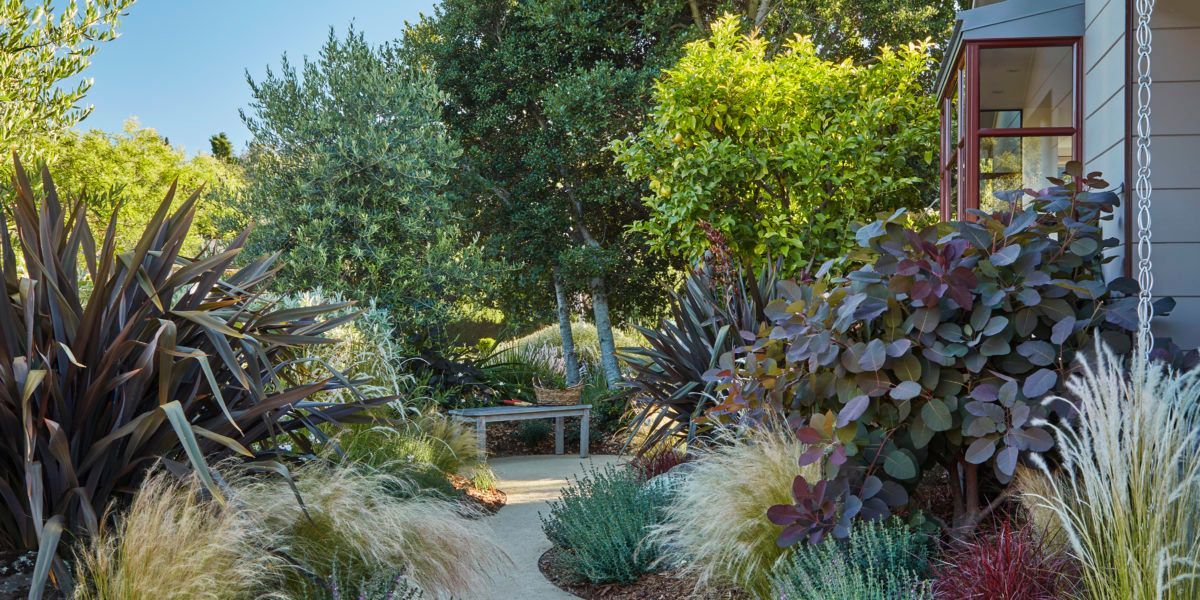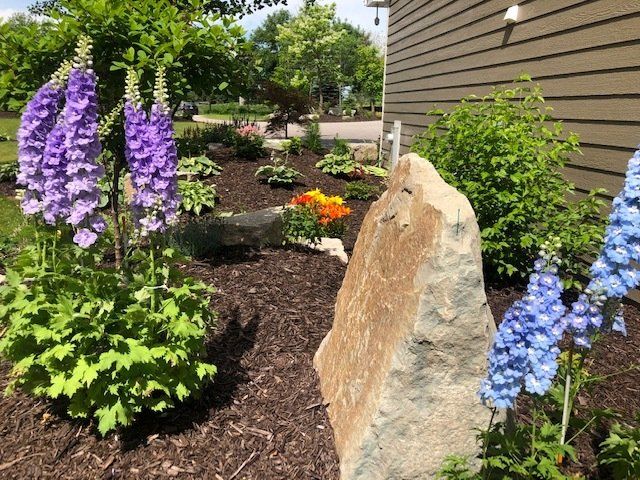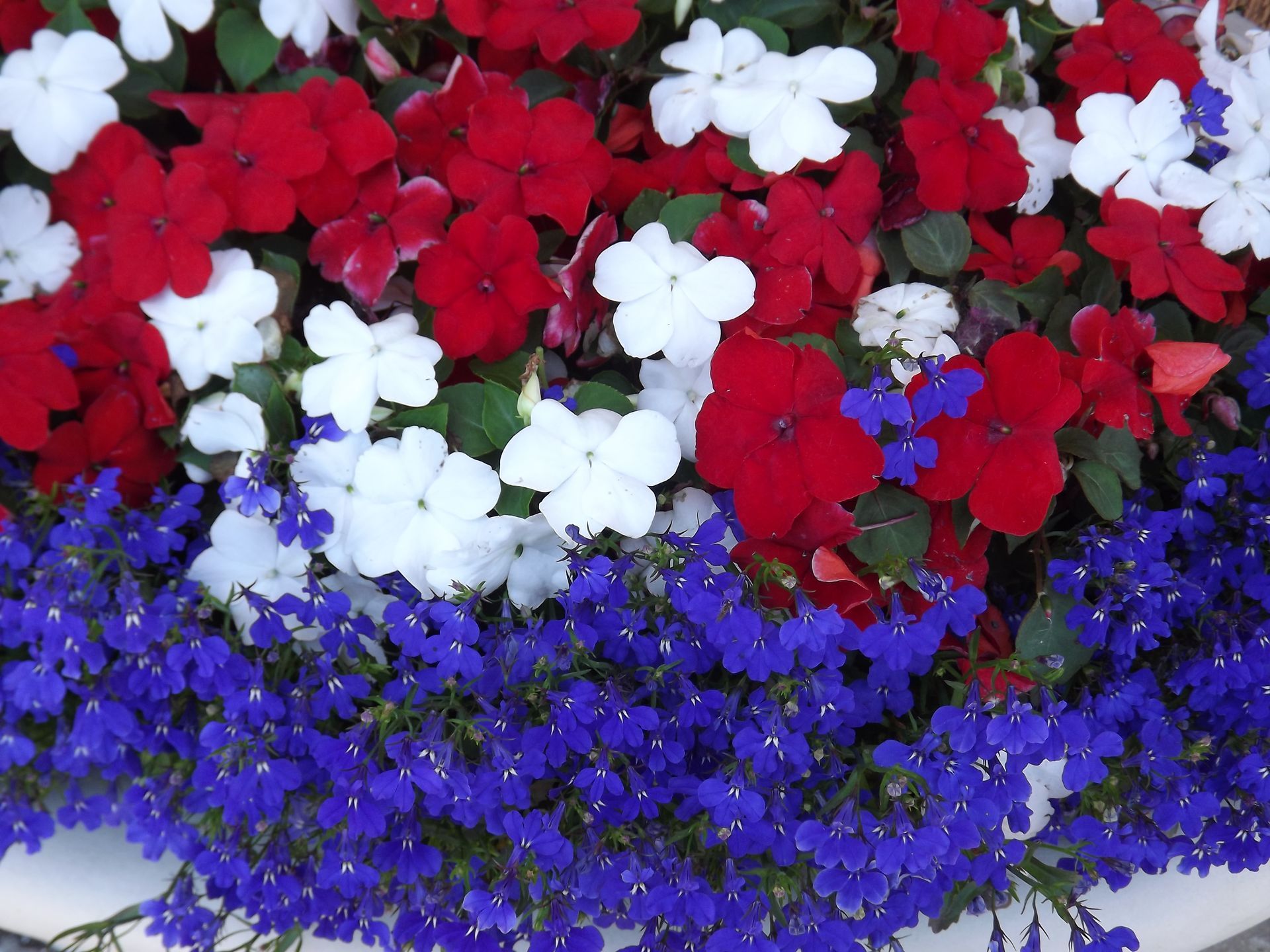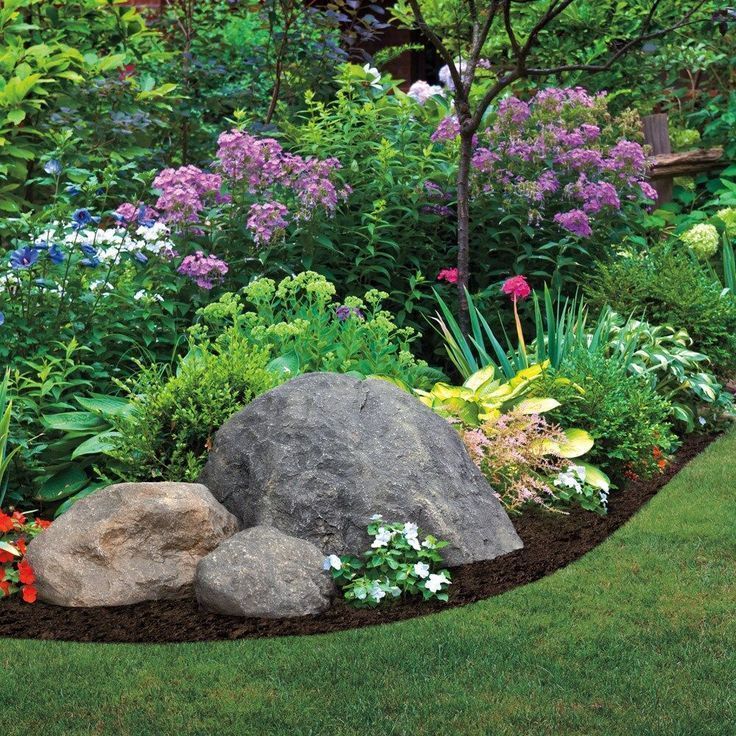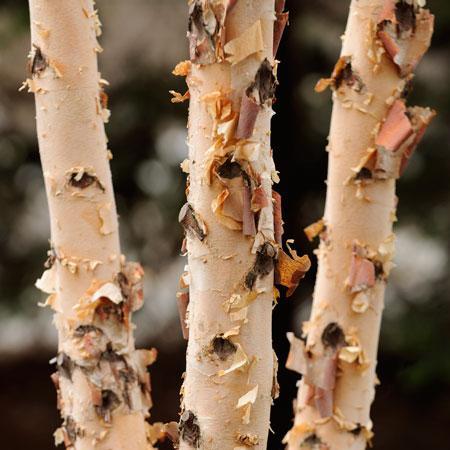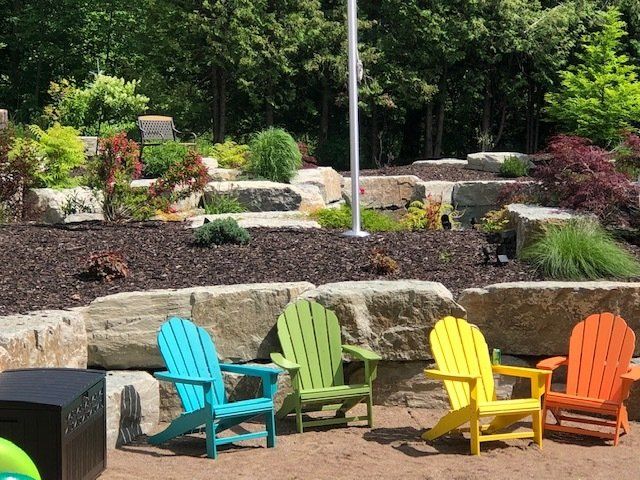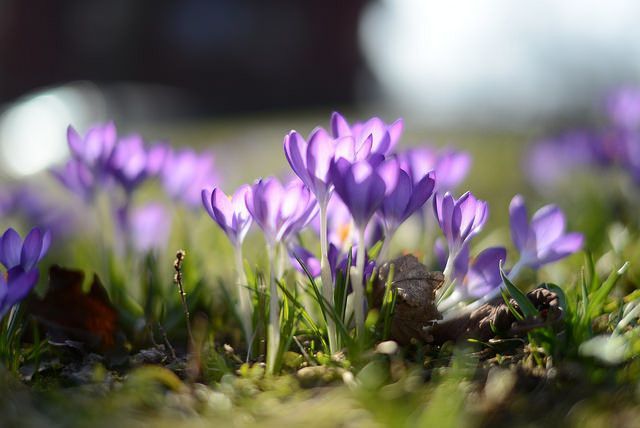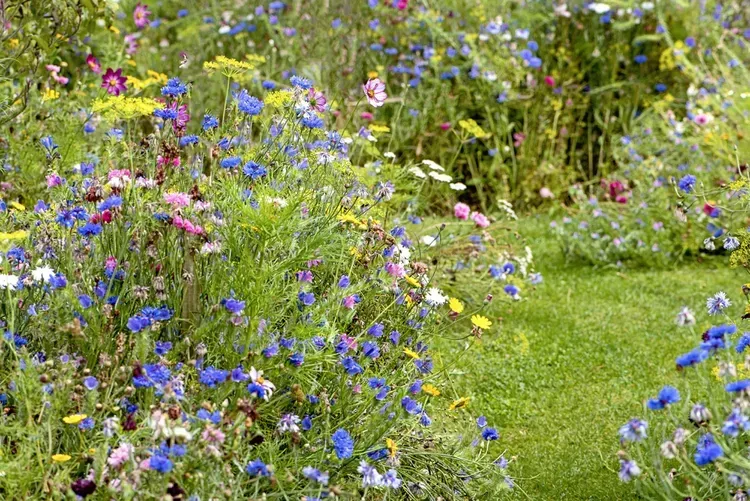Marvelous Rock Stone for Your Frontyard
Gorgeous Additions to Your Landscape
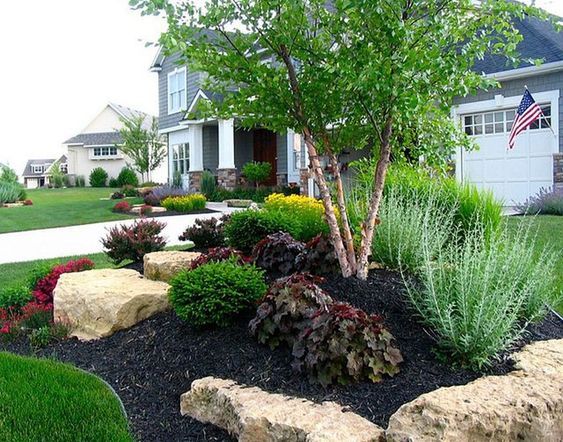

A landscaped garden is something that you and your family will surely enjoy. You can make it as unique, tranquil, or modern as you wish using all sorts of materials and plants.
Aside from plants, trees, flowers, shrubs, and grass, landscaping designs also feature other materials such decorative landscaping natural rocks, stones, bricks, etcetera.
These materials can give your landscape design a nice contrast. Of course, in order for you to choose the right landscaping natural rocks you need to understand their uses.
A great idea is to create a stone path in your garden using landscaping natural rocks. The path can lead your guests to the garden and continue throughout the area.
Remember, that the stepping stones should have a level and smooth surface to make them easy to walk on.
Choose attractive rocks that will complement the other elements in your garden.
Aside from walkways, there are other uses for landscaping natural rocks. Because these pieces can easily attract the eyes, they are often used as markers or to draw attention to special features in the garden.
Large landscaping natural rocks placed strategically can direct the sight of people to a special point of interest. Conversely, you can also use these pieces to hide certain imperfections in the landscape. Arranging the rocks in attractive patterns can divert attention from small landscape imperfections.
You are probably looking forward to just sitting and relaxing in your garden when it is done. You do not have to spend on fancy outdoor benches and chairs to make your garden stand out. Using landscaping natural rocks, you can create a unique sitting area surrounded by your garden.
The above are just some ideas on how you can use landscaping natural rocks to enhance your landscape design.
We look forward to talking with you today to meet with one of our landscape and ledgerock specialists!
